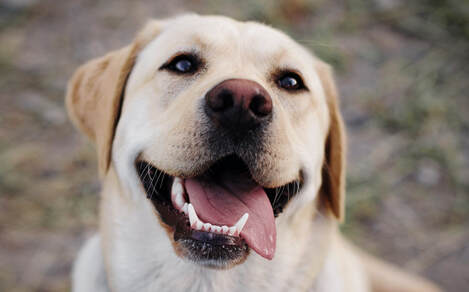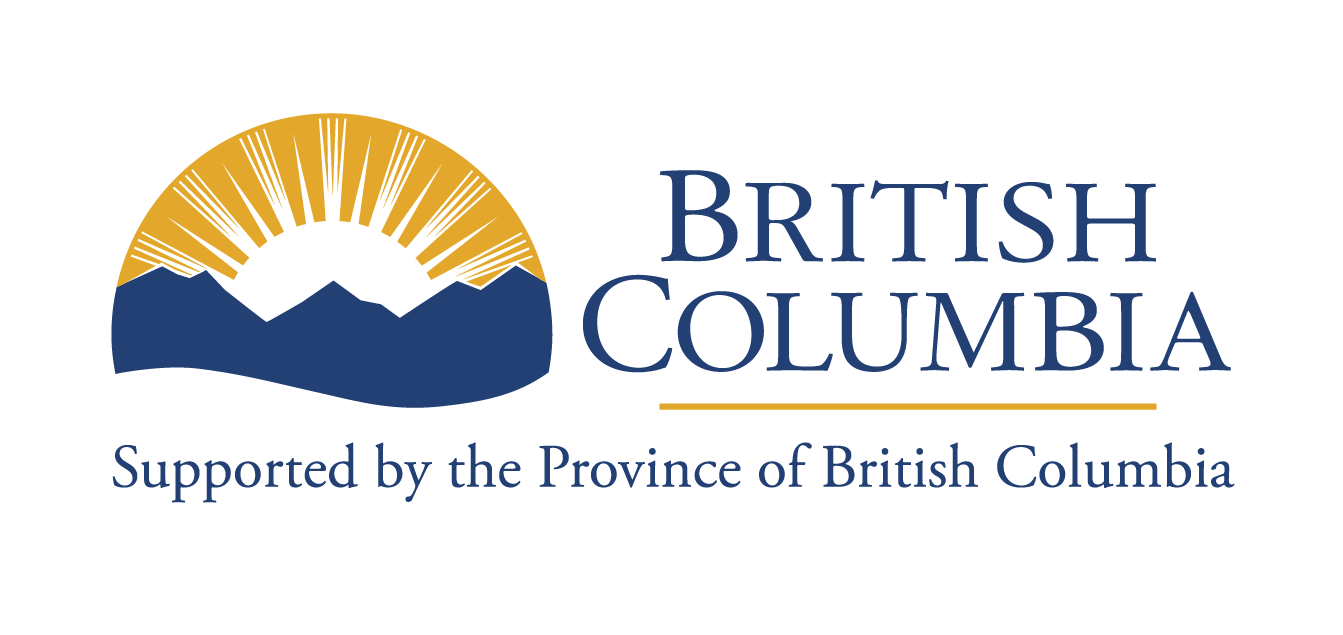Hospital assistant manager has years of experience in animal welfare.Ayala Dafni Friman is a vet technician and Assistant Manager of the RAPS Animal Hospital.
She holds a B.Sc. in Animal Science from the Faculty of Agriculture, Hebrew University, and a diploma in Animal Assisted Therapy. Ayala has more than three years’ experience as head manager of a pet store chain and more than five years’ experience as head manager at a veterinarian hospital in Israel. In all, she has more than 13 years of experience as a vet technician. Ayala grew up mostly in Israel, but also in Holland and Spain. She moved with her husband, son and their three-legged dog to Canada from Israel on August 2020. When not working, Ayala enjoys spending time travelling and seeing new places with her family. “Nothing more important than family!” she says.
0 Comments
An ounce of prevention is worth a pound of cure! Maintaining your pet’s dental health is crucial to their overall well-being. Periodontal disease is entirely preventable. The disease begins when bacteria in the mouth combine with leftover food particles and form plaque on the surface of the teeth. It only takes a few days for minerals in the saliva to bond with the plaque and form hard tartar. In most cases, pet owners can only detect their pet’s periodontal disease through bad breath, painful chewing or tooth loss but, by the time these symptoms are detected, the pet may have already had dangerous bacteria from under the gums travel through their bloodstream to their heart, kidneys or liver. Don’t wait until your pet is in pain with symptoms of dental disease. As in humans, routine maintenance and treatment ensures your pet’s dental health – and overall health – remains the best that it can be. Some pet owners seek to prevent the development of periodontal disease in their pet by performing daily tooth brushing and perhaps even giving their pet special dental chews. This can definitely be helpful, but a professional dental cleaning is required in order to remove all the plaque and tartar from your pet’s teeth. Your pet most likely needs a dental cleaning if they are suffering from redness or bleeding along their gum line, bad breath, drooling, difficulty chewing, loose or missing teeth or if they are pawing at their mouth. Professional dental cleanings for pets require that they be under anesthesia, as they are unable to understand what is occurring and why it is good for them. The veterinarian will remove plaque and tartar from their teeth and under their gums, polish the enamel of their teeth and assess the health of their tongue, gums, lips and teeth. They may also recommend x-rays, application of fluoride, removal or repair of fractured or infected teeth and other necessary services. The RAPS Animal Hospital has a designated dental exam and procedure facility, with expert veterinarians and technicians to ensure your pet’s comfort, well-being and dental health. Right now, we have an extraordinary special on dental exam and treatments. Get the full details here. Regular inspection of your pet’s mouth is important to catch dental disease in the early stages. Tartar may appear as a brownish-gold buildup on the teeth, close to the gumline. Redness or bleeding along the gumline may indicate gingivitis. A professional dental cleaning removes not only the visible plaque and tartar on the teeth surfaces but also the bacteria under the gums. This eliminates potential sources of infection to the mouth and other organs and protects your pet from pain and tooth loss. Once a dental cleaning has been performed, you can take a number of steps at home to keep your pet’s teeth clean and lengthen the intervals between dental cleanings. Our veterinarian may recommend a plaque prevention product — a substance that you apply to your pet’s teeth and gums on a weekly basis. The product adheres to the teeth surface to create a barrier that prevents plaque from forming. Just as in people, daily brushing can help remove food particles from between your pet’s teeth. You can use a child’s toothbrush or purchase a finger brush from your veterinarian. Human toothpastes should be avoided because they contain ingredients that should not be swallowed by your pet. Your dog or cat may like the taste of pet toothpaste, which is available in flavors such as chicken, seafood and malt. Several dental diets and treats can also help keep plaque and tartar to a minimum. The diets tend to have larger kibbles to provide abrasive action against the tooth surface when chewed. Or they may contain ingredients that help prevent tartar mineralization. Ask our veterinarian which diets or treats are appropriate for your pet. |
AuthorWrite something about yourself. No need to be fancy, just an overview. Archives
January 2024
Categories |




 RSS Feed
RSS Feed


